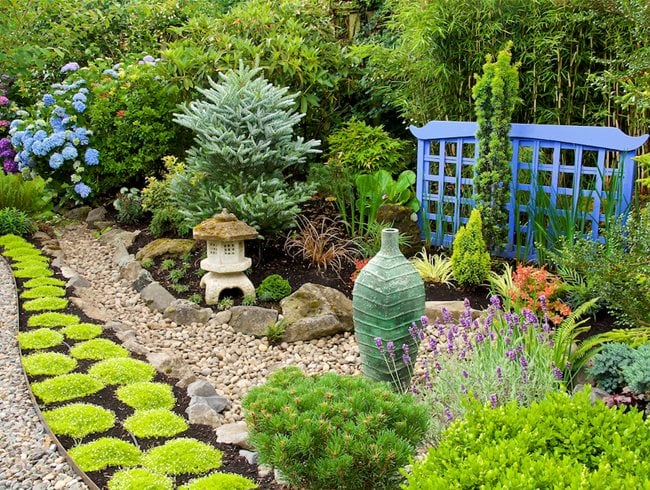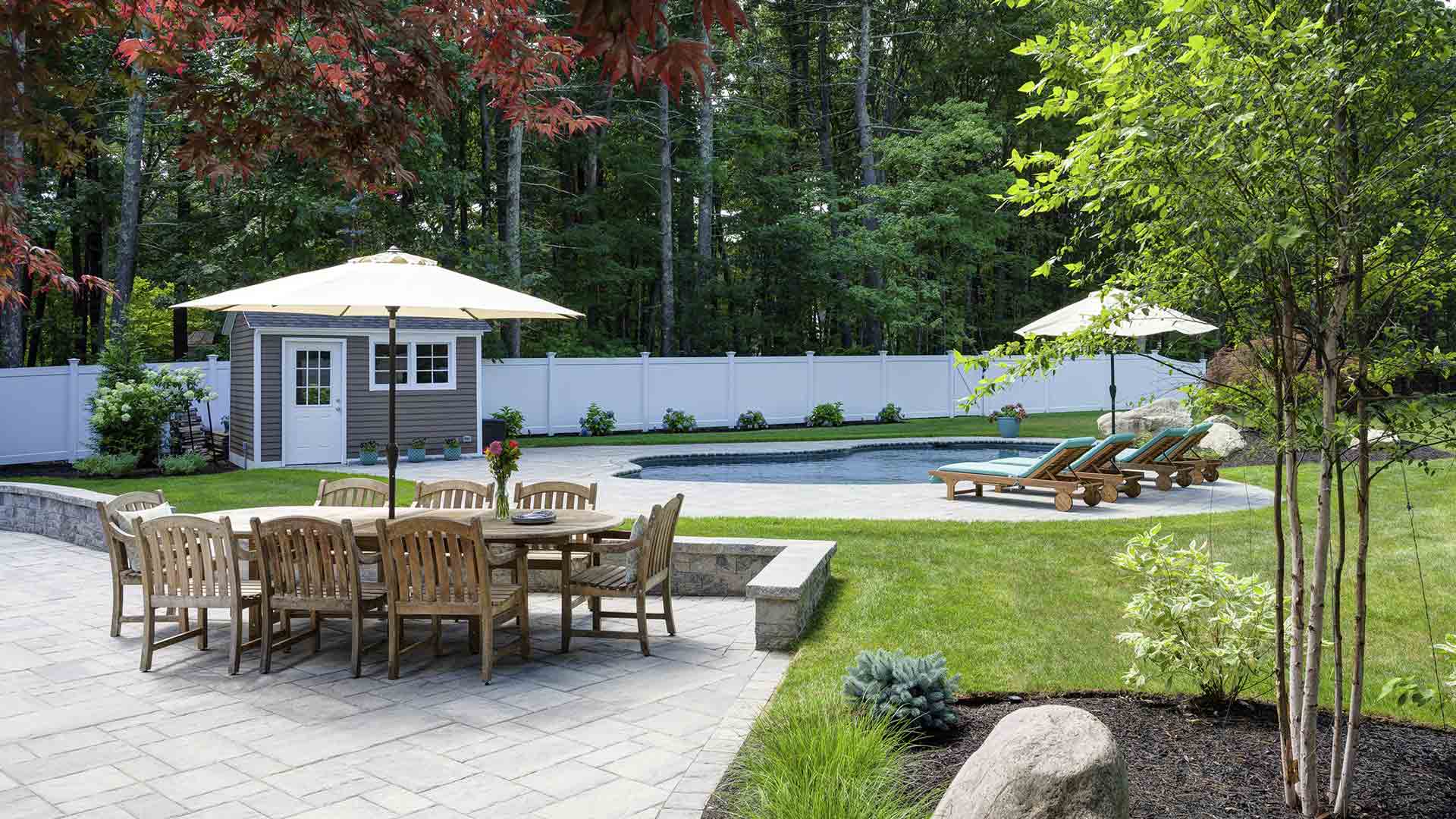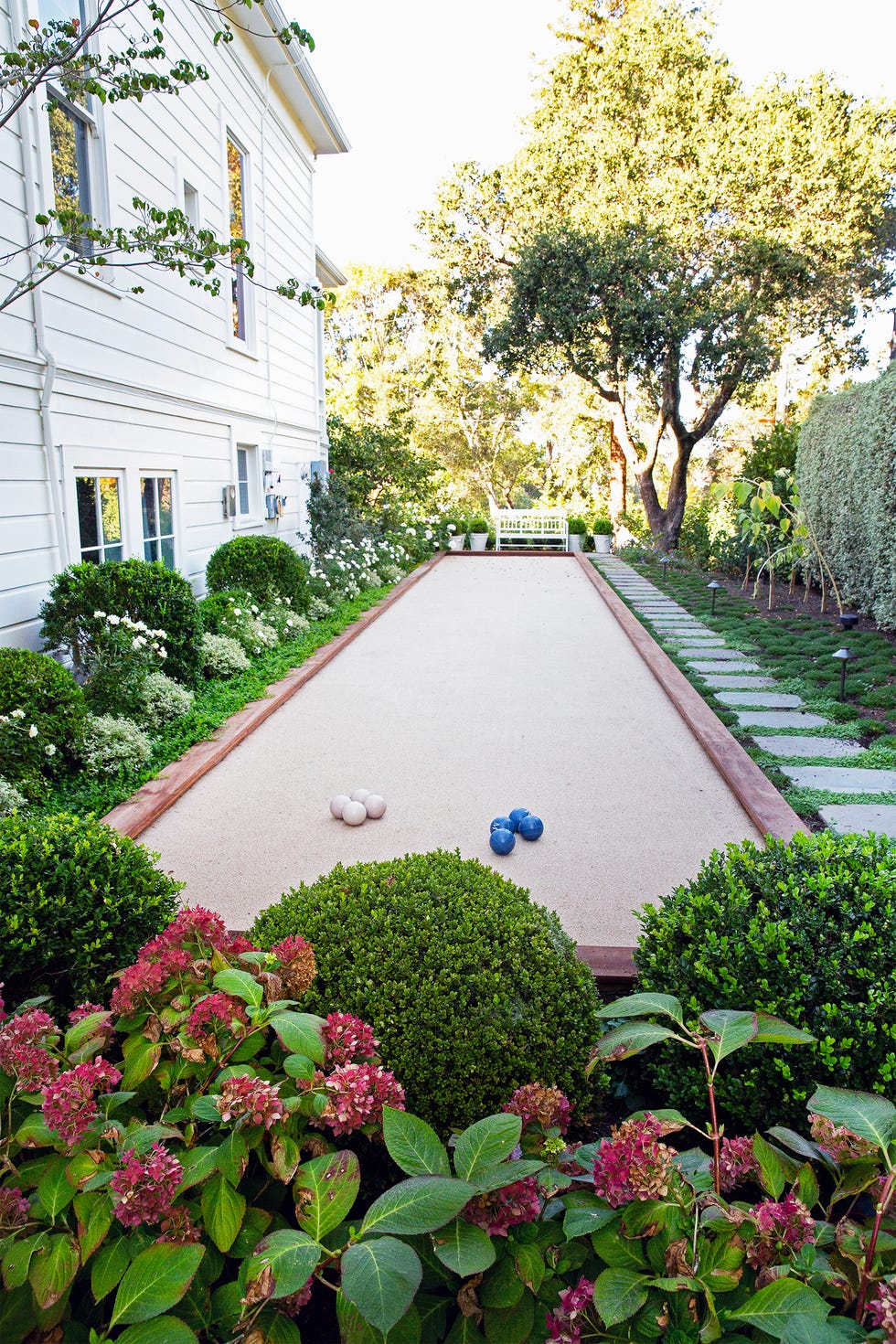The Basic Principles Of Landscapers
The Basic Principles Of Landscapers
Blog Article
Landscapers for Beginners
Table of ContentsThe Greatest Guide To LandscapersThe Greatest Guide To LandscapersThe Only Guide for LandscapersThe 7-Minute Rule for LandscapersLandscapers Things To Know Before You Get This
In the PNW there are semi-deciduous or semi-evergreen plants that might lose their leaves depending on how cool the winter season is. - A level event area, made of timber or composite material (made to look like wood), usually adjacent or attached to a structure.

This is a natural process, and the result can be made use of for courses and outdoor patios. - Key landscape features being proposed in a landscape layout strategy.
The Only Guide for Landscapers
These goals direct the style process, not the designer's design or preferences. Usual layout purposes in Portland are low upkeep, drought forgiving, and pet pleasant.
Nonetheless, gradually this layer can obtain really thick and make it hard for water, sun, and nutrients to reach portions of the grass.- The process of collecting and managing the flow of water on a residential property. This can be finished with grading, French drains, completely dry wells, absorptive surface areas, sump pump, rainfall yards, and more.
Characteristic at the end of hillsides, with all-natural springs, or filled with heavy clay have the most drainage problems.- A slow feeding irrigation system that utilizes flexible tubes and emitters to send a precise quantity of water to every plant. This is the most efficient method of watering plants. - The ability of a plant to endure without much summer water.
- A garden function where water is stood for by an accumulated stone item, normally a gravel or granite.- A stone or natural flagstone outdoor patio, course, or pathway built without a concrete base.
8 Simple Techniques For Landscapers
- A stone maintaining or cost-free standing wall developed without the use of mortar. A very proficient mason is required for a dry pile rock wall. Many wall surfaces in Portland are not dry stacked, even if they show up to be. - An underground framework that gather water and allows it to slow percolate into the dirt around it.
Landscape style that is suitable with a sites' setting in both look and sustainability without negative influences to the environment. Bordering in the landscape is a line of separation that produces aesthetic passion in the yard by separating one sector from an additional segment.
Areas can likewise have a feeling of "enclosure" offered by trees, various other growings, fences, or displays. The landscape near the access to a structure. A tree, bush or vine, trained to grow on a wall or fence right into a certain pattern. Especially beneficial for fruit trees, making it easy to gather the fruit and including mess.
A plant that is not indigenous to the location where it will certainly be planted. Not all "exotics" are intrusive or dangerous, and several can be well behaved or drought tolerant (Landscapers). A mass growing of brushes. Thicker bladed lawn lawn that spread via rhizomes.: The level of dirt on your residential or commercial property prior to bark dirt or compost is spread out.
The smart Trick of Landscapers That Nobody is Discussing

The function, reason, or action that a location is be landscaped for. Stairs operate, for example, to allow foot traffic up and down a slope. Room for expanding plants for viewing, eating, or exercise. A roofed building made use of over an outdoor event space. The growing of a seed, maybe referring to a grass that is being grown from seed.
Rock item, either rounded or fractured, that is relatively little- usually 1" or less. Reduced plants that are permitted or encouraged to spread over a location. Can describe any kind of "tough" garden components including statuary or rocks but the majority of frequently is used to refer to courses, outdoor patios, and walls.: Elevation difference between the level of water in a pond (or the degree of the pump if it sits outside the fish pond) and the upper electrical outlet of water which impacts performance of the water pump in gph (gallons per hour). Thick hedges or trees that form a fence, display, or boundary.

Get This Report on Landscapers
Conventional PNW landscapes are informal. A plant that spreads out more than wanted, or right into environments where it does damages.
Smart irrigation controller reviews and referrals below. 2-D rendering of the recommended irrigation system. Can include head positionings and insurance coverage, pipeline sizing, GPM specifications, and products required to mount this system. A watering plan is generally unnecessary for residential properties yet is usual for industrial projects. Accredited expert that develops More Info landscapes, educated in engineering and style as well as in horticulture.
Landscape developers commonly have much less education than Landscape Architects and are not accredited. A finished landscape style, detailing all aspects for the new landscape.
Calcium product used to look here elevate the pH in soil, which will certainly make it less welcoming to moss. A water tight HDPE product made use of below fish ponds, streams and waterfalls in water attributes. Making use of numerous plantings of the same range to fill up in a location in the landscape. This can lower upkeep and water usage in the garden.
Report this page